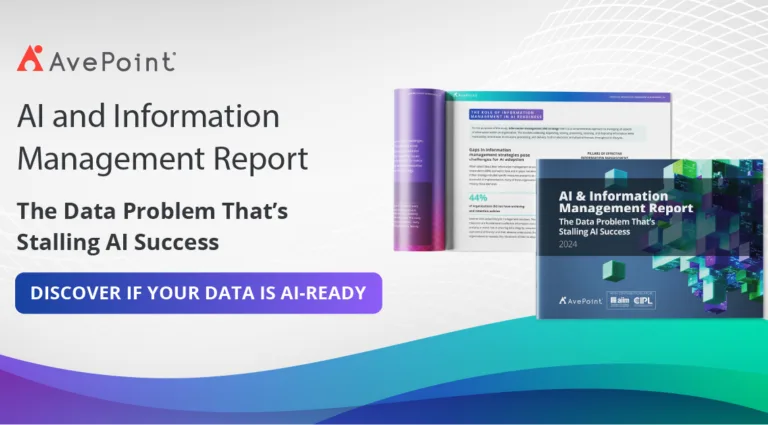As generative AI continues to become a reality for organizations all around the globe, more leaders are facing pressure to show that the technology generates (or will soon generate) a measurable ROI. It’s becoming clear, however, that the upfront costs and disruptive power of the new technology are making this task more complicated than many had first assumed.
Gartner found, for example, that AI can increase productivity by 22.6% and revenue by an impressive 15.8%, but analysts also discovered that AI deployment can run between $5 million and $20 million on average, and the sheer scale of these costs and benefits are leading many organizations to reevaluate old assumptions about ROI. Moreover, as leaders look to maximize ROI, they’re increasingly finding that preparation and enablement are essential to achieving ROI and long-term success. To succeed, leaders need to set realistic expectations and timelines while also committing funds to make sure that their organizations are ready to adopt AI and continue to improve their use of the technology on an ongoing basis.
Playing the Long Game: The Road to ROI
According to a recent Forrester survey, almost half of companies that use AI expect to see ROI within 1 to 3 years, while 44% expect to see ROI in 3+ years.
Although there is no universal standard outlining time to ROI with enterprise software, these figures are above the norm that many industries would typically expect. Microsoft, for example, reports a 15-month ROI wait for its Azure PaaS product, while automation company MūL Technologies projects that most organizations should see ROI from automation technology within 12-36 months of deployment (crucially, this does not include the time it takes to implement a technology, which can take months or sometimes years).
Because the power of AI is so evident to so many, certain leaders or other stakeholders might have unrealistic expectations about the time that it takes to achieve ROI with AI, which might lead them to pull support or funding if those expectations aren’t met. That’s why it’s important to develop and socialize realistic, fact-based timelines before you begin your AI journey.
With AI on course to transform the future of work and society, leaders need to remember that they’re playing a long game. The widest-reaching benefits of generative AI will take years to realize in full, but early evidence shows that the returns are worth the wait.
Digital Workplace Maturity is Crucial for Long-Term ROI
While more and more organizations are adopting AI successfully, others are experiencing challenges. Gartner has predicted, for example, that 30% of AI projects could be abandoned by the end of 2025 due to “poor data quality, inadequate risk controls, escalating costs or unclear business value.”
Each industry and company of course has its own unique set of circumstances, but all of the limiting factors that Gartner lists in its report — poor data quality, security risks, rising costs, and so on — are covered under the umbrella of digital workplace maturity: a model that industry analysts use to understand an organization’s readiness to adopt new technologies, including technology that’s powered by generative AI. Organizations with a low level of digital workplace maturity have made little or no investments to help mitigate these limiting factors and, as a result, they should expect to see more difficulty than average when implementing these models.
Organizations that have reached a high level of digital workplace maturity, meanwhile, have (according to Gartner) improved the quality, relevance, and organization of their data; significantly limited major cybersecurity risks; implemented real cost control; connected business goals to IT investments; and implemented training and enablement programs to help drive use of the technology. Once they’ve taken these steps, they should be ready to implement technologies like AI effectively, but Gartner reports that just 2% of organizations have reached the level of digital workplace maturity needed to successfully deploy generative AI.
As some organizations struggle to get the most from this new technology, it’s become clearer than ever that measures like AI training and enablement and strong information management aren’t optional “nice-to-haves” when deploying AI. Instead of thinking of preparation and support as optional programs that they can opt into or out of without serious consequences, leaders who are adopting and implementing AI need to understand that these are essential to AI success. Without the proper support and preparation, you might not find the ROI in AI for years — or you might be forced to abandon your project prematurely, before it can even take flight.
To make sure your AI programs make it past their pilot stage and see sustainable success, it's important to consider the balance between security and adoption. Using steps to optimize your Microsoft 365 deployment can ensure that your AI program is set up for secure and sustainable success.





